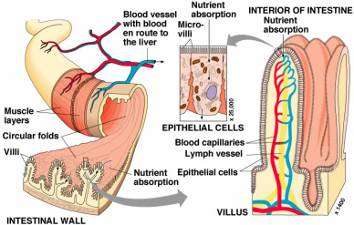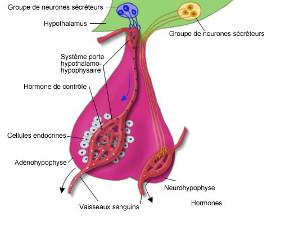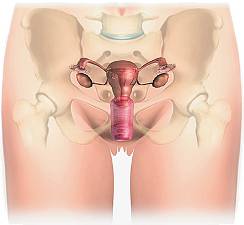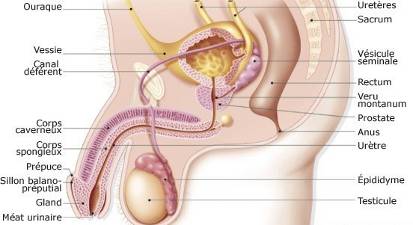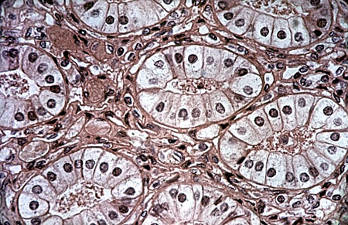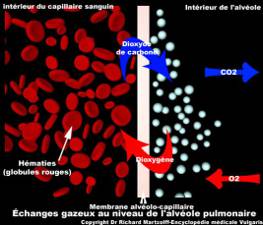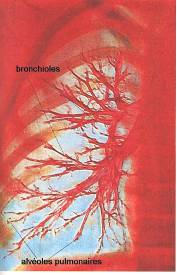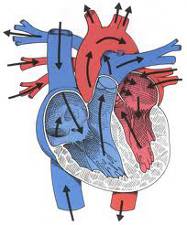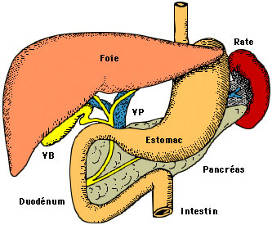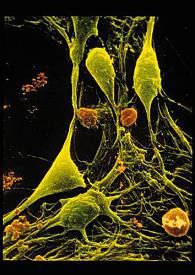Physiologie Animale : TD2 : L’absorption digestive. L’hypothalamus contrôle le système endocrinien par l’hypophyse (glande pituitaire). Ces deux structures constituent l’axe hypothalamo-hypophysaire.
You are browsing archives for
Catégorie : Physiologie Animale
Section regroupant les cours de Physiologie Animale de Licence 1 et 2.
Licence 1&2 | Physio Animale – TD1 : pro
Physiologie Animale : TD1 : Le problème hypothalamo-hypophysaire. L’hypothalamus contrôle le système endocrinien par l’hypophyse (glande pituitaire). Ces deux structures constituent l’axe hypothalamo-hypophysaire.
Licence 1&2 | Physio Animale – Chapitre
Physiologie Animale : Chapitre 7 : Les Appareils Reproducteurs. Partie b : Physiologie de l’appareil génital femelle.
Licence 1&2 | Physio Animale – Chapitre
Physiologie Animale : Chapitre 7 : Les Appareils Reproducteurs. Partie a : L’appareil reproducteur mâle.
Licence 1&2 | Physio Animale – Chapitre
Licence 1&2 | Physio Animale – Chapitre
Physiologie Animale : Chapitre 5 : La Respiration – Les Echanges Gazeux. Partie b : Les échanges gazeux.
Licence 1&2 | Physio Animale – Chapitre
Licence 1&2 | Physio Animale – Chapitre
Licence 1&2 | Physio Animale – Chapitre
Licence 1&2 | Physio Animale – Chapitre
Physiologie Animale : Chapitre 2 : »Les Systèmes Nerveux ». Partie b : Le système nerveux autonome, Système neurovégétatif et système viscéral. Le système nerveux autonome contrôle les fonctions organiques internes (nutrition et maintien de l’homéostasie). C’est un système qui échappe le plus souvent au contrôle de la volonté. Il s’oppose au système somatique (relations avec l’extérieur).
